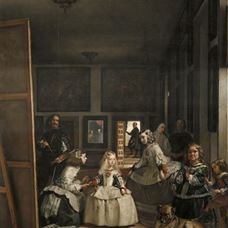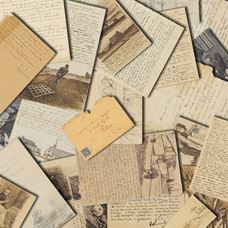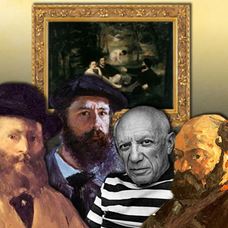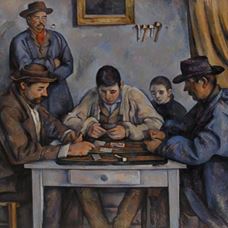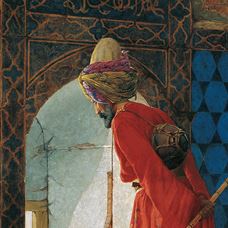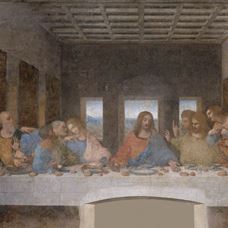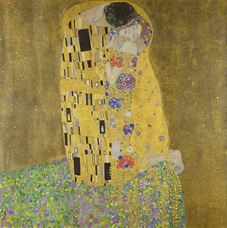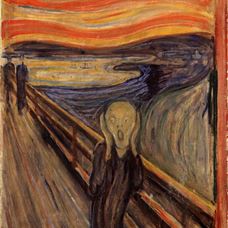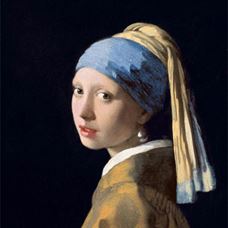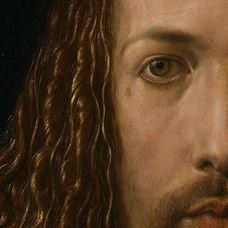Art Analyzes
Las Meninas - Diego Velázquez
Diego Velázquez's painting in 1656, "Las Meninas" is one of the most enigma paintings in the history of art. Las Meninas has been reconsidered and interpreted in countless ways. In this picture he depicts a scene in which Velázquez included himself. This unusual painting provides a glimpse of the noble life behind the scene.
Letters from Van Gogh to Theo
Vincent van Gogh, who took the name of his brother who died before he was born, has experienced psychological problems in his inner world, his works have not gained value during his life, he struggled with economic difficulties.In such troubled situations, the only person who had tied him to live was his brother, Theo.
"The Luncheon on the Grass" Scenes
In 1863, only half of the paintings applicant to Paris's famous painting exhibition "Salon" was accepted. Upon the complaints of the artists that were not included in the exhibition, III. Napoleon allowed him to organize another exhibition under the name of "Salon des Refusés". In this exhibition, Manet's painting "The Luncheon on the Grass" had caused a great noise and caused a scandal...
The Card Players - Paul Cézanne
The "The Card Players" series is one of the most important and famous works Cézanne has worked on for many years. While Cézanne describes a scene from everyday life, he creates a composition that aims to show the figure in space. It makes five versions of this scene. In the second version, it reduces the number of people from five to four and in the last three pictures from four to two. These paintings are also important in terms of the development of the painter.
Kaplumbağa Terbiyecisi - Osman Hamdi Bey
Resimde Osman Hamdi Bey kendini gezgin bir derviş olarak betimlemiştir. Figürün başında keçe arakiyenin etrafına özensiz biçimde bir yemeni dolanmıştır. Belinde sıkıca bir kemer, üstünde kenarları işlemeli kırmızı bir entari, ayağında sarı sahtiyandan çedikler vardır. Arkasına kavuşturduğu elleriyle neyini tutmaktadır.
The Last Supper - Leonardo da Vinci
When evening came, Jesus was reclining at the table with the Twelve. And while they were eating, he said, “Truly I tell you, one of you will betray me.” They were very sad and began to say to him one after the other, “Surely you don’t mean me, Lord?” Jesus replied, “The one who has dipped his hand into the bowl with me will betray me. The Son of Man will go just as it is written about him.
The Kiss - Gustav Klimt
Being one of the most popular paintings of Gustav Klimt from 1907-08, "The Kiss" is also considered as the most successful work of the artist. This painting represents the culmination of the period in which Klimt's in the "golden period". In this period, "gold assets" are used extensively in the tables.
The Scream - Edvard Munch
In 1893 Edvard Munch began working on his most famous work, "The Scream". The painting was part of a series called "Life Frieze", whose subject matter was life, love, death and the intense emotions they aroused. Munch worked for years on this series, rearranging each time and adding new paints.
Girl with a Pearl Earring - Johannes Vermeer
The girl's name in the picture was unknown and assumptions were made about her identity. It was supposed to be Vermeer's daughter or maid. But Maria, Vermeer's eldest daughter, was 11 years old, and the model in the painting was larger. Her identity could not be removed from her dress. The silk scarf and pearl earrings were just fancy accessories of the girl. The girl's father, or her husband, could have been rich since she had this earring.
Self-Portraits - Albrecht Dürer
In his self-portraits, Dürer sometimes used a silver pen technique and subsequently added his monogram manually. Thus, it prevented the picture from being corrected later. Dürer was one of the first artists to make his own portrait in the history of western painting. Some self-portraits, which gave insight into his appearance, provided a foresight into his personality.













